THE Best gifts for podcasters this holiday seasonLooking for gift ideas for your podcaster friend, boyfriend, girlfriend, spouse, brother, sister, or somebody else I haven't mentioned that is trying to start a show or is already obsessed with casting pods and you've heard enough already? This list is for YOU. 2020 has been a helluva year. Who wouldn't want some legit gifts to round out the year on a good note? There are so many podcast equipment options out there, but here's what I'd ask for as a gift if someone wanted to really hit me with something nice, even for a beginner podcaster! These are in no particular order, it's just good gear that gets the job done, and is coveted by many podcasters and on wish lists all over the place.
BONUS IDEAS!
0 Comments
This article is originally published on Descript.com. Remote interviews are a fact of life for every podcaster, and in today’s era of social distancing, more so than ever. Since you rarely get the chance at an interview do-over, nailing down your remote recording workflow is essential. We’ll show you how to prepare for and record a remote interview, so you get it right the first time — with some additional tips along the way to make sure all your bases are covered.
Choose the right remote recording setup for your podcast The first step is to determine the remote recording setup that best suits the format and content of your podcast and your production and editing workflow. In most cases, your best solution will involve recording remote interviews on Zoom, Skype, Google Hangouts, or a similar online conferencing service. This low-friction setup makes it easy for guests or co-hosts to contribute, but you’ll need to make sure you have the right software to record these interviews. It’s also wise to make sure you can record phone calls. Phone interviews don’t offer great audio fidelity, but they make a great backup option in case of technical problems or schedule changes. Phone interviews probably won’t be your first choice, but it’s a good idea to be able to record a phone call just in case you need to. If you’re recording with the same remote co-host on each episode of your podcast, consider a double-ender setup, in which you and your co-host record your own audio tracks locally and combine them in post-production. For most podcasters, this isn’t the most convenient solution, but it does translate into the highest audio fidelity for you and your co-host. The best way to record an interview is to prepare for it When it comes to interviewing - especially remote interviewing - a little preparation goes a long way. Do some research into your guest’s background, expertise, and projects. Who are they? Why is their work notable? What do you (and in turn, your audience) hope to learn from them? Putting together a rough outline of the questions you’d like to ask will come in very handy. Write down a handful of specific questions and key points, but keep your outline broad and high-level. That’ll allow you to more easily adapt to the flow of conversation. Maintaining that conversational flow remotely can be substantially trickier than doing so person-to-person. Prime yourself to listen more than you speak — in particular, try not to interrupt your guest. Editing out awkward silences between speakers is much easier than dealing with too much crosstalk! When it’s time to record the interview, take a couple final preparatory steps to ensure a clean recording. Close all unnecessary software and set your computer to “Do Not Disturb” mode to make sure unwanted distractions don’t pop up (or worse: end up in the recording). How to record a Skype call, Zoom interview, or Google Hangout For most remote recording situations, Zoom, Skype, or Google Hangouts are your platforms of choice. All three are easy to set up, simple for guests to use, and feature audio fidelity good enough for most podcasts. Both Zoom and Skype offer built-in call recording functionality, but Google Hangouts currently limits this offering to enterprise users. There’s an additional caveat: the file format (.MP4 or .M4A) that each platform outputs may not be what you want, depending on your podcast production and editing workflow. For maximum control over your final product, you’re better off using third-party apps to record computer system audio directly into the recording software of your choice rather than relying on their recording functionality. If you’re on a Mac, BlackHole is a great open-source tool that allows you to route audio between apps, which means you can record the audio output from Zoom (or Skype, or Google Hangouts) directly into your preferred recording software. On Windows, Virtual Audio Cable offers similar functionality. If you’re already using Descript to record, you won’t need to use additional audio routing software. When recording audio into Descript, open the Record panel, choose Add a Track, select your input, and choose “Computer audio.” Click the Record button whenever you’re ready, and audio from Zoom, Skype, or Google Hangouts will be piped into Descript. No matter which remote recording setup you use, make sure you test it — and test it again — with a friend or colleague before you’re actually recording your podcast. Troubleshooting when you should be interviewing ranks near the top of everyone’s Least Favorite Things To Deal With, so make sure everything is in order before your guest is on the line. How to record a phone interview with Google Voice Social distancing means nearly everyone has gotten used to handling calls and meetings on Zoom, Skype, or Google Hangouts. But maybe your podcast guest is really old-school, or their computer is on the fritz, or maybe they’re simply only able to access a phone during your scheduled call time. It’s likely phone interviews will never be your first choice, but being able to record an old-fashioned phone call will come in handy.Recording phone calls can be tricky, but using Google Voice to make an outgoing phone call from your computer means you can use the same remote recording setup detailed above to record the call. Follow Google’s instructions to set up Google Voice and then learn how to make an outgoing call. Once everything’s set up, you’ll be able to record phone calls with Google Voice just like you’d record an interview on Zoom or Skype. Again, make sure to test with a friend and then test again before your interview. If lossless audio quality is a must, record a “double-ender”For most remote recording situations, Zoom, Skype, or Google Hangouts are your platforms of choice. All three are easy to set up, simple for guests to use, and feature audio fidelity good enough for most podcasts. But if you have a remote co-host that regularly appears on your podcast, and you want to maximize the quality of your audio, a “double-ender” is the way to go: Each host or guest records themselves locally, and audio tracks are combined in post-production. For an additional cost, you can use third-party recording platforms that simulate double-enders without each speaker managing their own recording software. A traditional double-ender sees each speaker recording their own audio track using their recording software of choice (Descript, Audacity, Quicktime, etc.), and then the host or editor combines each speaker’s recording into a finished product. Each speaker should have a decent microphone — if they’re using a laptop microphone to record, you probably won’t hear a substantial advantage with a double-ender over a Zoom, Skype, or Google Hangouts recording. Alternatively, you can simulate a double-ender by using a platform like SquadCast, Zencastr, or Cleanfeed. These services record lossless audio from each speaker, upload each track to the cloud, and combine them automatically. These platforms cost money, but they’re a great alternative to a double-ender when guests or co-hosts don’t have the time or wherewithal to fiddle with recording themselves locally. Again, make sure each speaker has a decent microphone — otherwise you won’t reap the full benefits of lossless audio. Make remote recording hassles a thing of the past Recording your podcast remotely isn’t painless, but once you get the hang of it — and nail down your workflow — it’ll become second nature.
Three dynamic microphones, 3 xlr cables, |
ZOOM h6 PRO | SENNHEISER e835 DYNAMIC XLR MICS | 10ft XLR CABLE |
This podcasting setup comes out to just around $900, but don't let cost throw you off. The Sennheiser e835s are solid, well-built high quality dynamic XLR microphones that have stood the test of time. The Zoom H6 Pro is the go-to digital recorder for many podcasters, with 4 XLR inputs, built-in compression and limiting with internal recording to an SD card. Record to individual tracks on your SD card and edit in your DAW at a later time.
I've run this type of setup plenty of times - in small rooms, at conference tables, in large, multi-purpose rooms and have always gotten a great sound. You could add in some headphones and a headphone amp if you want people to be able to monitor their audio while recording. For many it's personal preference, for others, it helps them stay on the mic during recording since they can hear themselves talking.
If you're running only 3 mics into the Zoom H6 Pro, then you have a free XLR input to run audio from Zoom, Skype or a cell phone, with the proper connectors of course.
I've run this type of setup plenty of times - in small rooms, at conference tables, in large, multi-purpose rooms and have always gotten a great sound. You could add in some headphones and a headphone amp if you want people to be able to monitor their audio while recording. For many it's personal preference, for others, it helps them stay on the mic during recording since they can hear themselves talking.
If you're running only 3 mics into the Zoom H6 Pro, then you have a free XLR input to run audio from Zoom, Skype or a cell phone, with the proper connectors of course.
A GREAT OPTION FOR THE SOLO PODCASTER
OR EXPANDABLE TO TWO PEOPLE
The short of it: get yourself the Zoom ZDM-1 Podcast Mic Kit along with the Zoom H4n Pro Digital Recorder and you'll be ready to roll! Purchase an additional mic kit and a headphone splitter and you've got yourself a 2 person podcast setup. BOOM! Thanks to Zoom.
*Thanks for using my Amazon Affiliate links to help me gain commissions to fund this website!
Companies have wised up and started developing more equipment geared to the ever-growing podcast industry. This is great! I'm loving seeing all of the new gear hitting the market. As this happens, we'll write about how you can use this equipment for your beginner podcast.
ZOOM ZDM-1 PODCAST MIC KIT
Look at this! Zoom has done themselves a service and created a dynamic mic podcast kit to pair with their Zoom H digital recorder product line. So it's an easy setup when you buy the kit that comes with the microphone, stand, XLR cable, and headphones for monitoring. Run that XLR cable into the H4n Pro to record to an SD card and you're ready to go.
Need more than 2 people on your show? Go for the Zoom H6, along with the ZDM-1 kits. Read our article "3 Reasons To Buy The Zoom H6 For Podcasting".
Need more than 2 people on your show? Go for the Zoom H6, along with the ZDM-1 kits. Read our article "3 Reasons To Buy The Zoom H6 For Podcasting".
ZOOM H4N PRO DIGITAL RECORDER
The Zoom H4n is a portable digital recorder that records two individual XLR inputs to separate tracks onto an SD card. Record anywhere since it runs on 4 AA batteries, or an external USB power bank (which I highly recommend). You don't need to haul your laptop around to record your episodes. Simply record to the SD card and upload your tracks to your DAW (digital audio workstation) and edit later.
If you're going to run two XRL microphones into the H4n Pro, be sure to have a headphone splitter so each person can monitor themselves while recording.
If you're going to run two XRL microphones into the H4n Pro, be sure to have a headphone splitter so each person can monitor themselves while recording.
Get started for $320!
This kit is really a great deal! If you buy one of the ZDM-1 kits and the Zoom H4n, your cost is around $320 for your beginner podcast equipment. That's not a bad investment, and you'll get high quality audio for your show. Add on another mic kit and you're at $440 for that two-person setup.
Need Podcast Hosting?
Ready to get your show off the ground? Check out my article "Who Should I Use For Podcast Hosting?" or get started now at Buzzsprout! Sign up and get a $20 Amazon Gift Card after your second invoice is paid.
You've done all the things - purchased equipment, outlined your show, made your graphics, scheduled your recordings. But now you're asking the question "When I'm ready to launch, who should I use for podcast hosting?" Read on!
BASIC FEATURES OF ALL PODcAST HOSTS
When it boils down to it, there aren't a lot of differences in hosting companies. When you get a paid plan, you're usually getting more features in addition to basic features.
Most paid plans offer these basic features:
These features aren't going to vary much between podcast hosts. You can assume you're getting these main three no matter who you choose.
In addition to the basic features, you can expect a few others that may help your show, depending on how you use them:
To answer the big question, here's my answer:
Use Buzzsprout Podcast hosting.
Most paid plans offer these basic features:
- RSS feed to submit to top podcast players
- Podcast stats and analytics
- HTML code for embedding your podcast to your website or blog
These features aren't going to vary much between podcast hosts. You can assume you're getting these main three no matter who you choose.
In addition to the basic features, you can expect a few others that may help your show, depending on how you use them:
- Customizable embed players - you'll be able to change the embed player colors, sizes, and other things to match the player to your podcast brand when you embed it into your website or blog.
- Better analytics - with paid plans, you'll get more data points when tracking who is listening to your show. For some, this is really important to analyze stats and use marketing strategy to reach a bigger audience.
- Episode transcription - many podcasters will use the transcription option to create robust show notes and turn podcasts into blog posts for SEO purposes. Unless you're using this strategy to try and rank your podcast website, it may not benefit you as much.
To answer the big question, here's my answer:
Use Buzzsprout Podcast hosting.
You ask why?
Here are the reasons to use Buzzsprout as your podcast host:
Pay by how many hours of audio you upload per month.
I've used Buzzsprout for my company's podcast and it's a solid, user-friendly interface with paid plans to match your show's upload schedule. By that I mean that you pay for the tier based on how many hours of audio you upload per month. Other hosts will charge you the same rate no matter how much audio you upload. This is a GREAT feature that Buzzsprout offers.
Buzzsprout gets your show listed on every major podcast platform.
Reach tons of potential listeners by getting your podcast on Apple Podcasts, Spotify, Google Podcasts, and many others. Buzzsprout RSS feeds work with all the top directories, meaning your podcast will appear wherever people are searching for you.
Easily Monetize
If you get to the point where you have an audience big enough to monetize your show, they have an integrated monetization option. Simply follow their instructions and you're on your way, they make it very easy! They'll help match your show with sponsors, and there's also a way to link sites like Patreon, Podfan, Paypal and others onto your Buzzsprout public webpage.
Get a $20 Amazon Gift Card
Buzzsprout will send you a $20 Amazon gift card (sent after 2nd paid invoice) when you sign up using this link: SIGN UP FOR BUZZSPROUT
It really is a competitive market when it comes to podcast hosting, so why not sign up and get a free giftcard? Happy podcasting!
Here are the reasons to use Buzzsprout as your podcast host:
Pay by how many hours of audio you upload per month.
I've used Buzzsprout for my company's podcast and it's a solid, user-friendly interface with paid plans to match your show's upload schedule. By that I mean that you pay for the tier based on how many hours of audio you upload per month. Other hosts will charge you the same rate no matter how much audio you upload. This is a GREAT feature that Buzzsprout offers.
Buzzsprout gets your show listed on every major podcast platform.
Reach tons of potential listeners by getting your podcast on Apple Podcasts, Spotify, Google Podcasts, and many others. Buzzsprout RSS feeds work with all the top directories, meaning your podcast will appear wherever people are searching for you.
Easily Monetize
If you get to the point where you have an audience big enough to monetize your show, they have an integrated monetization option. Simply follow their instructions and you're on your way, they make it very easy! They'll help match your show with sponsors, and there's also a way to link sites like Patreon, Podfan, Paypal and others onto your Buzzsprout public webpage.
Get a $20 Amazon Gift Card
Buzzsprout will send you a $20 Amazon gift card (sent after 2nd paid invoice) when you sign up using this link: SIGN UP FOR BUZZSPROUT
It really is a competitive market when it comes to podcast hosting, so why not sign up and get a free giftcard? Happy podcasting!
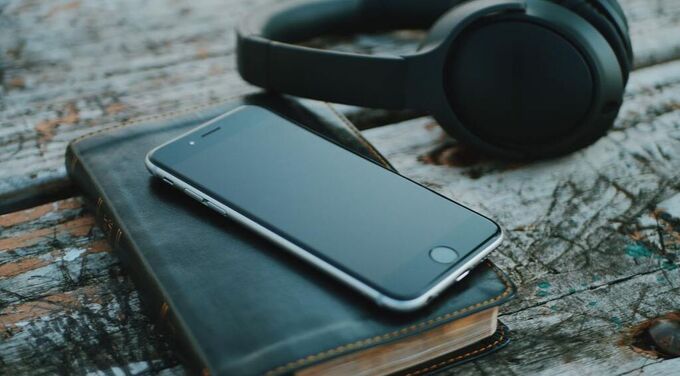
Photo by Aaron Burden on Unsplash
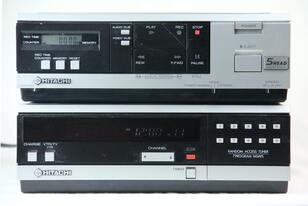 Photo by Leonard Reese on Unsplash
Photo by Leonard Reese on Unsplash Sharing Sermon Audio
Churches have been sharing sermon audio for a long, long time. Do you remember tape ministries? I do. I grew up in a small Baptist church and after each service, the sermon tapes were available for purchase for a couple of bucks. Someone sat in the back, recorded the audio and then produced the tapes, and eventually CDs. Okay, trip down memory lane over. We're now in 2020. Podcasts have taken off over the last decade, and have exploded within the last 2 years. Millions of people listen to podcasts each month. Many churches have already jumped on the podcast game, but there's always the latecomers. I'm here for you.
Where you COULD pay for a podcast service in order to host your shows, you don't really have to. Here's why: there are 100% FREE podcast hosts out there. The primary reason you need a host is to have have place to store your audio that generates an RSS feed that gets submitted to podcast players, like Apple Podcasts, Spotify, etc.
The most important things you gain by using a paid service are analytics and customization for your audio embeds, in my opinion. Podcast hosting companies will offer more features, if you decide to pay.
So here's the list of FREE podcast hosts (that I know of):
I've used both of these hosting companies and haven't run into any issues whatsoever. You get unlimited uploads and space. If you're simply posting weekly sermon audio, then they'll be a great fit for you.
The process is simple.
Churches have been sharing sermon audio for a long, long time. Do you remember tape ministries? I do. I grew up in a small Baptist church and after each service, the sermon tapes were available for purchase for a couple of bucks. Someone sat in the back, recorded the audio and then produced the tapes, and eventually CDs. Okay, trip down memory lane over. We're now in 2020. Podcasts have taken off over the last decade, and have exploded within the last 2 years. Millions of people listen to podcasts each month. Many churches have already jumped on the podcast game, but there's always the latecomers. I'm here for you.
Where you COULD pay for a podcast service in order to host your shows, you don't really have to. Here's why: there are 100% FREE podcast hosts out there. The primary reason you need a host is to have have place to store your audio that generates an RSS feed that gets submitted to podcast players, like Apple Podcasts, Spotify, etc.
The most important things you gain by using a paid service are analytics and customization for your audio embeds, in my opinion. Podcast hosting companies will offer more features, if you decide to pay.
So here's the list of FREE podcast hosts (that I know of):
I've used both of these hosting companies and haven't run into any issues whatsoever. You get unlimited uploads and space. If you're simply posting weekly sermon audio, then they'll be a great fit for you.
The process is simple.
- Sign up for the free hosting service
- Upload your audio file
- Fill out the template for information (title, description, etc.)
- Publish your episode
- Follow Anchor & Redcircle's instructions on distributing your podcast to the major podcast players and apps.
- (Bonus*) Use the embed code to put those episodes onto your church website.
So you're asking "What's the catch?". The catch is, these free podcast hosts are hoping that you'll sign up to monetize your show and make a commission off of finding advertisers. If you get to the point where you have enough listeners to monetize with advertisers, kudos to you! You're not hooked into some content ownership contract, you can move your episodes wherever and whenever you want.
OUR Audio Editing & PUBLISHING SErvices
Maybe you're recording your sermons and just need someone to edit the audio and handle the uploading and embedding process, we can do that!
Maybe you haven't even started the process and need to start from scratch on this entire podcast thing, we can help there too.
Click the CONTACT US button to find out more information and for rates.
Maybe you haven't even started the process and need to start from scratch on this entire podcast thing, we can help there too.
Click the CONTACT US button to find out more information and for rates.
Archives
August 2022
May 2021
April 2021
January 2021
October 2020
September 2020
August 2020
July 2020
June 2020
May 2020
April 2020
Categories
All
Digital Recorder
DIY
DIY Podcasting
Microphones
Mics
Podcast Desk
Podcast Equipment
Podcast Microphones
Podcast Mics
Podcast Recorder
Podcast Table
Podcast Tables
Podcast Tables For Multiple People
Portable Podcast Equipment
Sound Treatment
Zoom H6
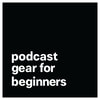
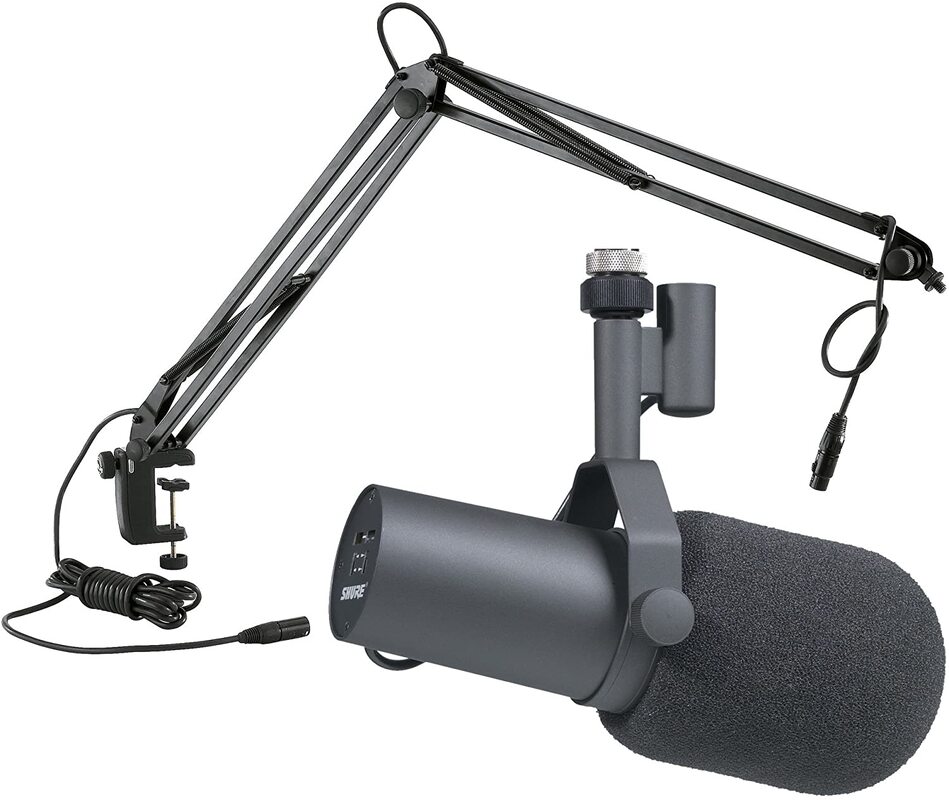
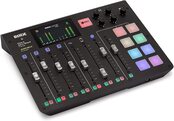
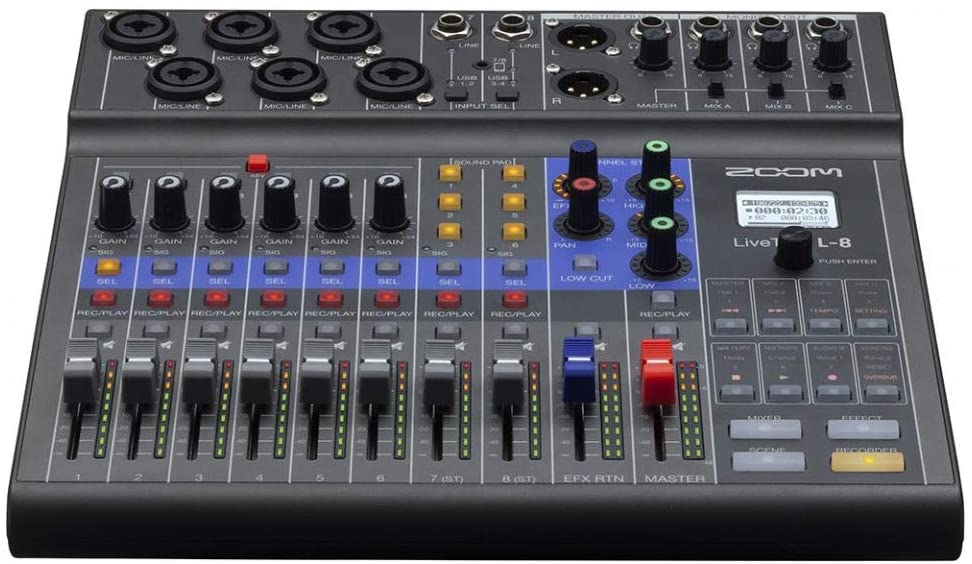

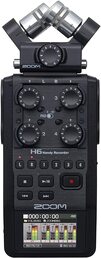
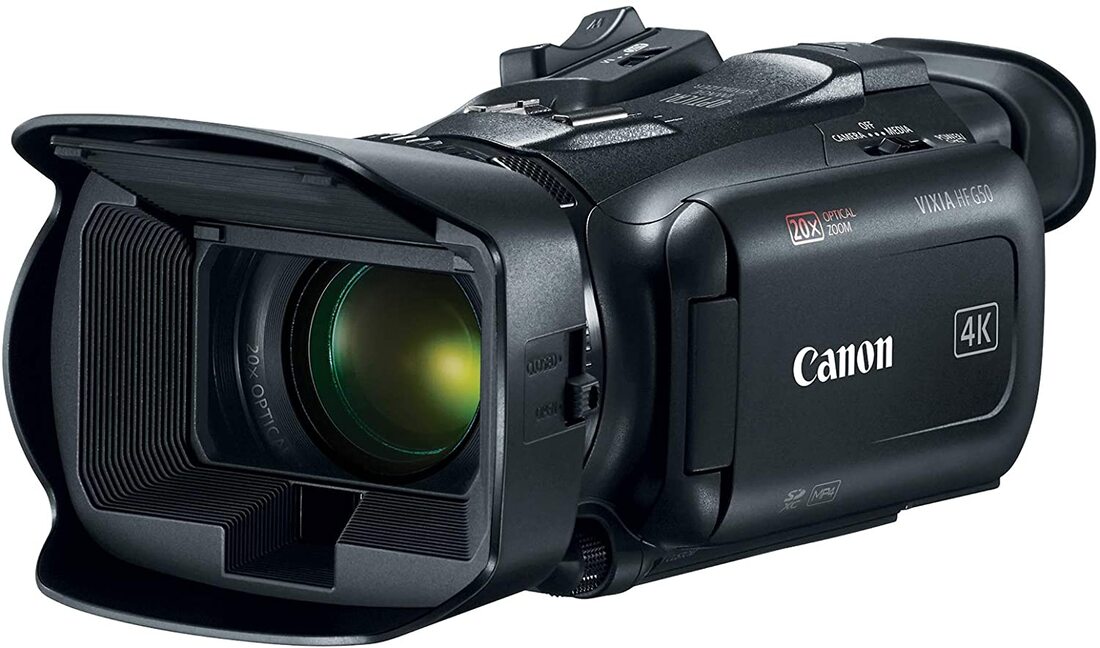
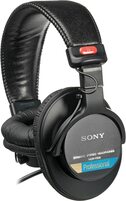
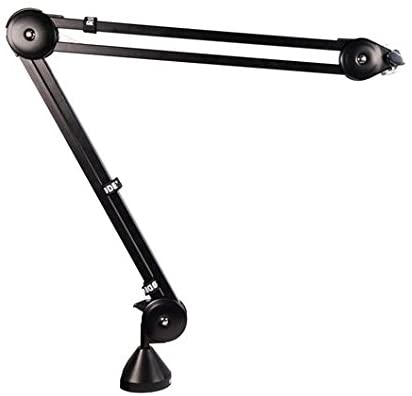
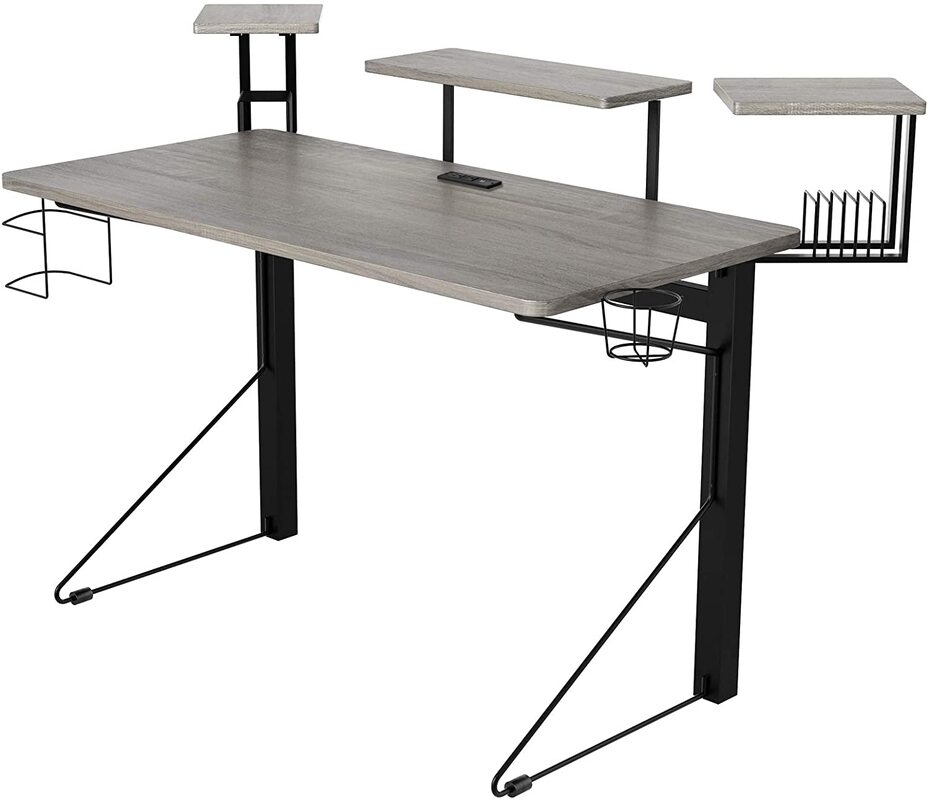
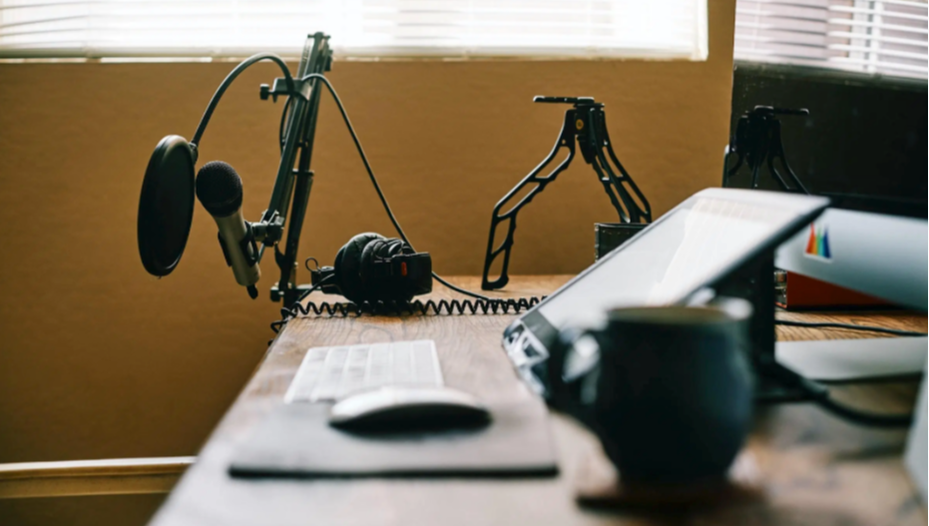

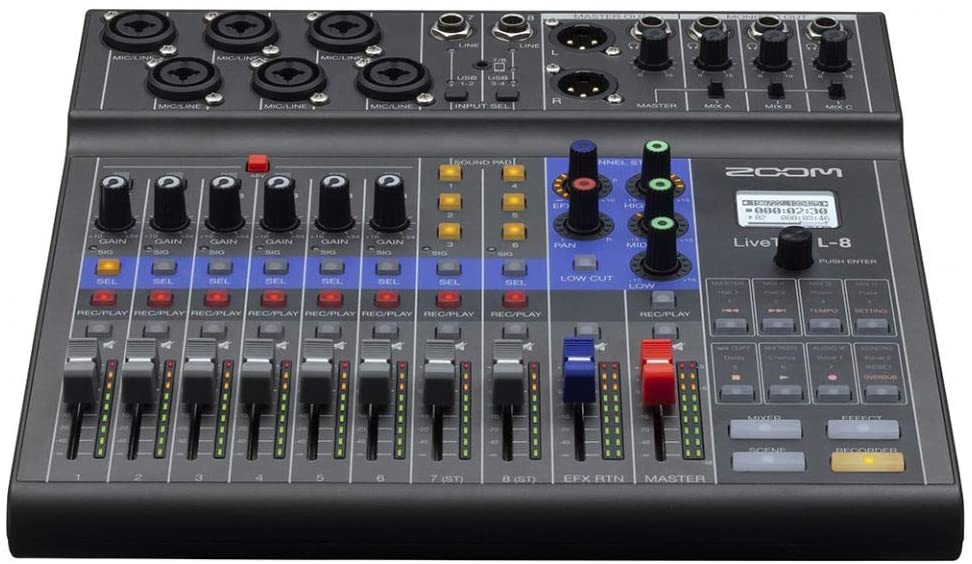
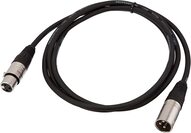
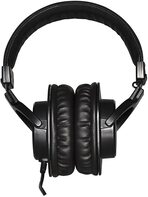
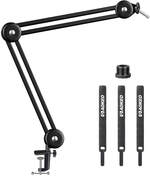
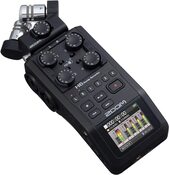
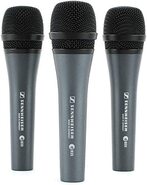
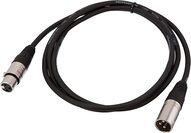
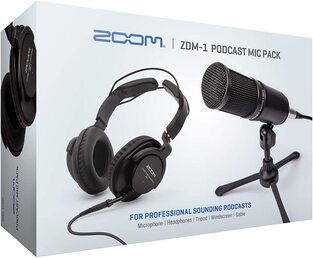
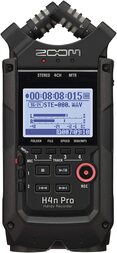

 RSS Feed
RSS Feed